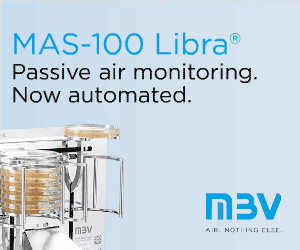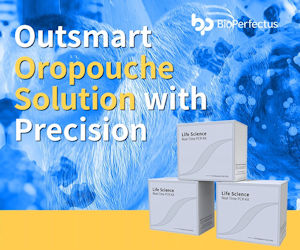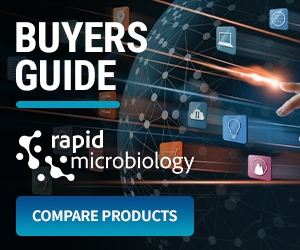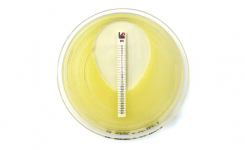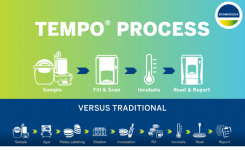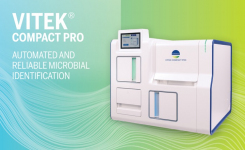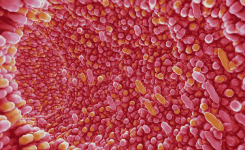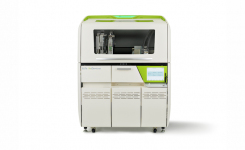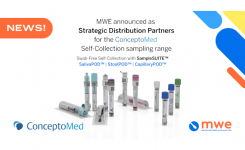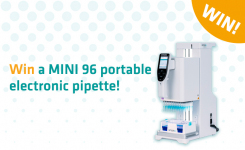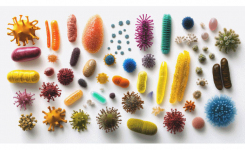What is the motivation for people to donate blood? When asked about this, donors often show a high level of awareness regarding the usage of their body materials.
Donors want to participate in a process that aims to improve medical care and treatment. The ethical aspects of using human biospecimens need to comply with this desire. The donor wants and needs to be informed, how his donated sample will be used. It's about nothing less than winning the trust of those who are willing to donate.
It is all the less comprehensible that biobanks simply collect and store large parts of their samples and avoid their use in research. According to a survey, 89% of research companies indicate that public biobanks do not bring their collections to market and thus do not provide the need for samples.
However, the availability of a wide range of biospecimens is of eminent importance for research and medical development.
In this context, the new EU regulation for in vitro diagnostics (IVDR) will rise the need for human biosamples. It came into force on May 26, 2017 and differs from the EU directive for IVD in several important respects. Here are the most important changes:
New classification system
IVDR introduces a new, risk-based classification system based on the principles of the Global Harmonization Task Force (GHTF). It covers the risk classes A to D, where A includes low-risk products and D the highest-risk products for patients and the public. The regulation does not contain lists, instead it defines rules for the precise classification of IVD.
Stronger participation of the Notified Body
The risk-based classification system introduced with the IVDR requires the involvement of a Notified Body for the approval of all IVDs, with the exception of IVD Class A. It is therefore expected that in the future more than 70% of all IVDs will have to be examined by a Notified Body. Until now this was required for less than 15% of the IVD. At the same time, significantly stricter requirements apply to the designation and monitoring of Notified Bodies.
Stronger monitoring of Notified Bodies
When assessing the conformity of high risk products, competent authorities and reference laboratories may be consulted. This will extend the duration of the conformity assessment procedures. The stricter naming rules may cause that there will be fewer Notified Bodies for IVD in the future.
Implementation of the unique product number system
The proposal for the regulation on in vitro diagnostics calls for a unique device identification (UDI) system. This requirement facilitates the traceability of certain products within the supply chain for manufacturers, thus enabling a quick and efficient recall of IVDs in case of a security risk.
The new IVDR requires more testing, and therefore there is a need for more samples. The current procurement of samples from different suppliers is often time-consuming and complicated and thus hindered proper research. This inspired the founders of Central BioHub GmbH to develop an online platform for human biospecimens.
The aim is to support research and development in all areas of life sciences and medical-pharmaceutical research. It’s a win-win situation: Get suppliers and researchers together, offer high quality human samples and in an easy and clearly designed way and respect the donor’s wishes.


